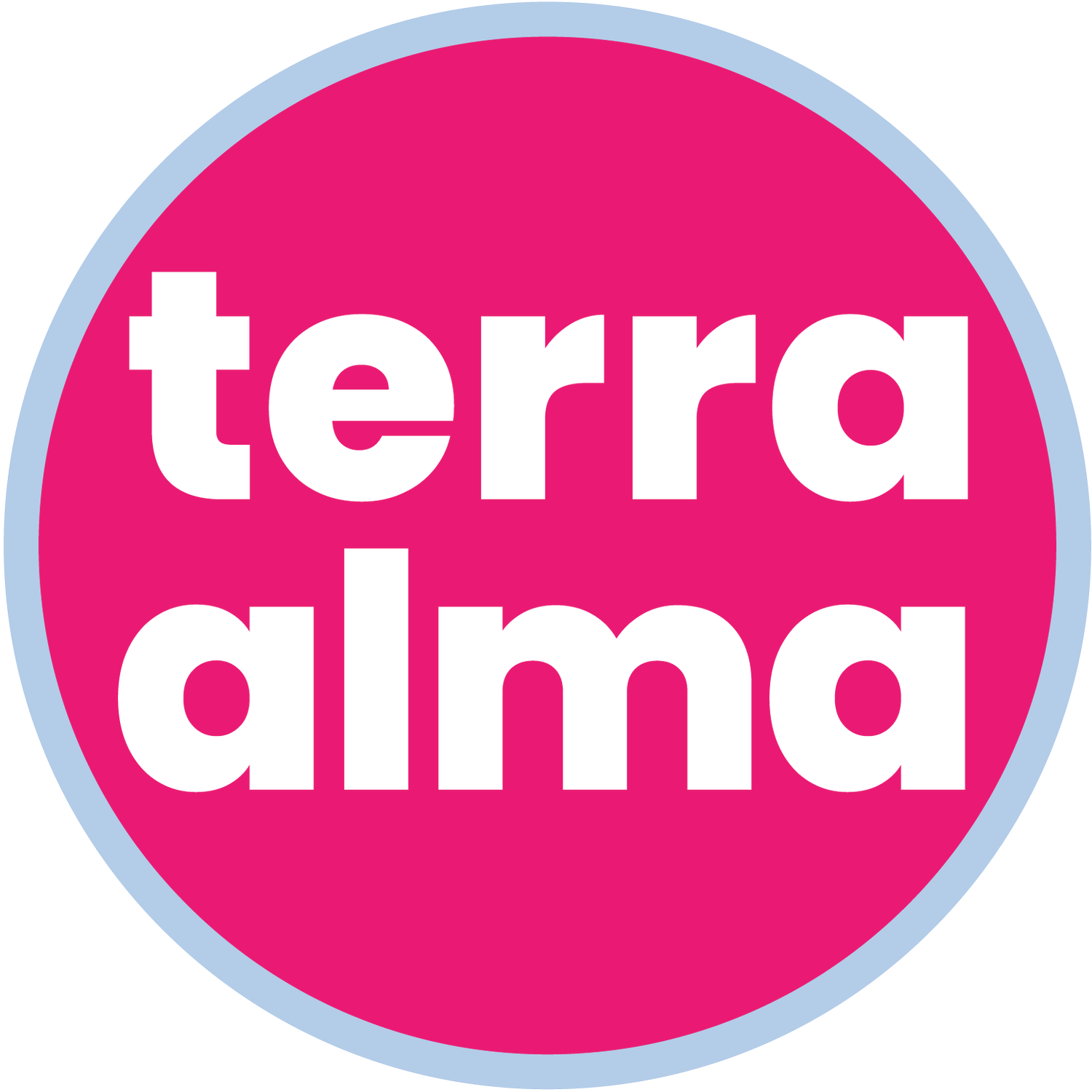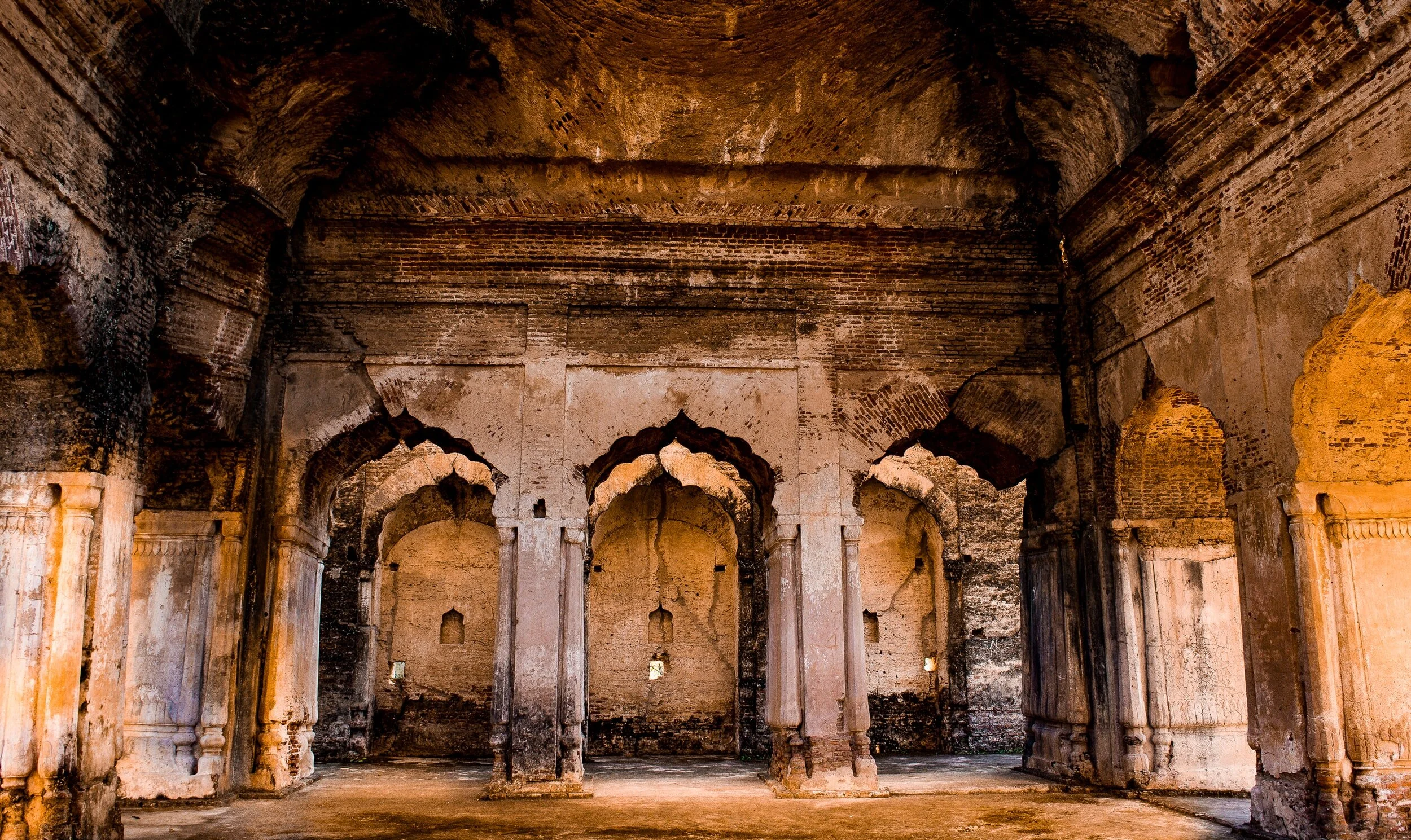How “Human Centric” Architecture Is Enhancing Culture
Human Beings are blessed in their ability to utilize a forever active subconscious. This leaks into how we perceive the world, down to the very core of our tastes, likes, and wants.
Let’s talk about what makes a “place”. Interactions are solemnly influenced by the environment we take part in.
What Is A Place?
A “Place”, in its purest definition, has not changed since its conception. According to Oxford Dictionary, the noun for “place” comes in two variations.
“a particular position, point, or area in space; a location”
As well as:
“a portion of space designated or available for or being used by someone.”
A location, portion of a space, designated for someone.
When we introduce words like “mixed-use development” and “placemaking”, we can start to explore what makes a place what it is.
The Psychology Of A Place
When we choose to travel to a destination, we become influenced by the intricacies of said “place”. For cities, this can involve becoming engrained with the local culture.
Culture can be molded and fortified by introducing elements that are inherent within the place itself, or even forgotten as time and development has passed.
In a subtle manner, culture influences the expectations of a place. And a place can bring out the best of that culture, if done correctly.
What Makes Someone Put Down Their Phone?
The new challenge that modern architects are now facing is the grasping of attention spans. Intentional behavioural algorithms have us glued to our devices, having us seek out our dopamine releases through our easily grasped technology.
This can weaken a culture, but it can also be a symptom of poor placemaking and user centred design. Factors like transport can make the effort of exploring a hassle. Static development can reduce a place to a “seen it all, done it all” affair. Lack of mixed-use development can make a task such as going shopping exude more effort than required.
For a people to gather in a place, it diverts back into itself. They must be given the reason to do so. Solutions to this don’t have to be expensive. In fact, just by solving one issue within a public area can bring the crowds.
A good example of this is the Umbrella Sky Project, which began in Águeda', Portugal. Adding umbrellas to a select number of streets during summer turned the streets into venues, imploring locals and tourist to explore and offering location for events and festivals to take place. Curiosity and the desire for gathering has given people a reason to visit.
The Building Blocks Of Placemaking
Let’s discuss the process. The components of placemaking lie within four key categories, that can be expanded depending on the context and identity of the place:
● Sociability
● Uses & Activities
● Access & Linkages
● Comfort & Image
Sociability lies within the positive aspects of interaction, a tendency to be cooperative with others, compassionate and empathetic.
Uses & Activities include a fun atmosphere, something that has a use and encourages activity. Art, music and live entertainment are activities that drive sociability.
Access & Linkages encompasses things like distance, transit and accessibility and connectivity are paramount to making a successful mixed-use district.
And finally, Comfort & Image. Offering spaces to gather that are warm and inviting, clean and attractive, may include “green” measures and sustainability.
With the rise of adaptive reuse, taking an older structure and reinventing it’s use, one can find success in filling in the gaps that are currently missing. Jamestown has successfully reimagined the former Sears catalog building and rebranded it to Ponce City Market.
Summary
We have seen the success of adaptive reuse as community centers, the desire to be connected is no longer solely based on profits. Instead, it goes further. The focus is now on fostering community and giving people a reason to gather.
With the introduction of human centric design, industry leaders are beginning to understand that a happy person contributes the most. This has bled into many industries, including landscape architecture, design, construction and architectural.
It’s a fun and exciting time to be in. Placemaking is becoming the standard and mixed-use districts are at the forefront of reshaping development.



